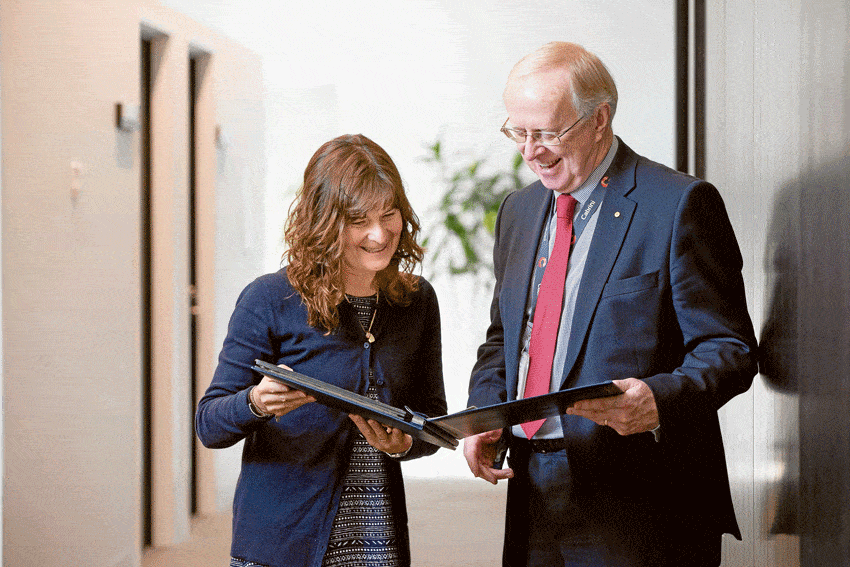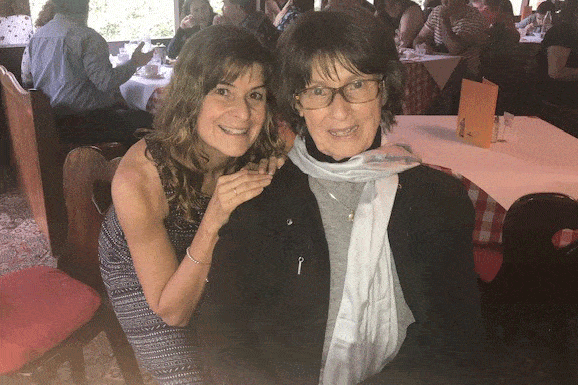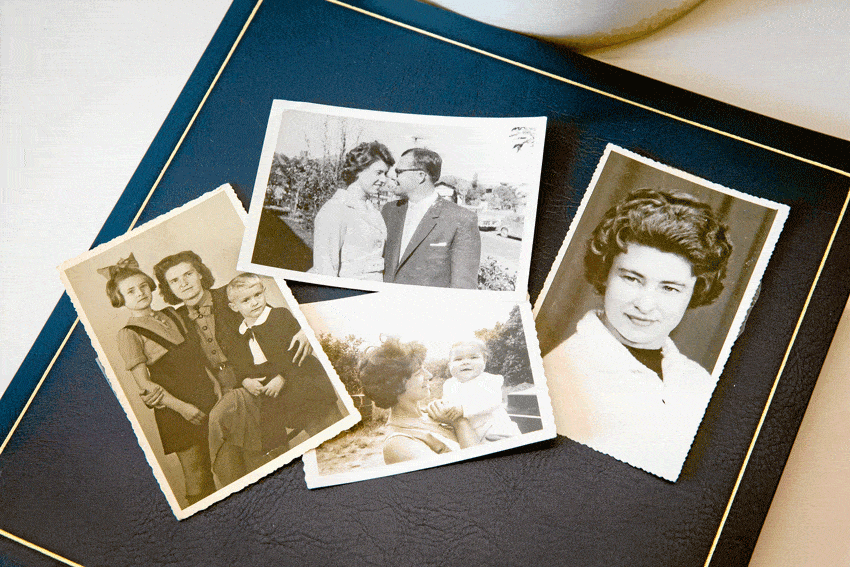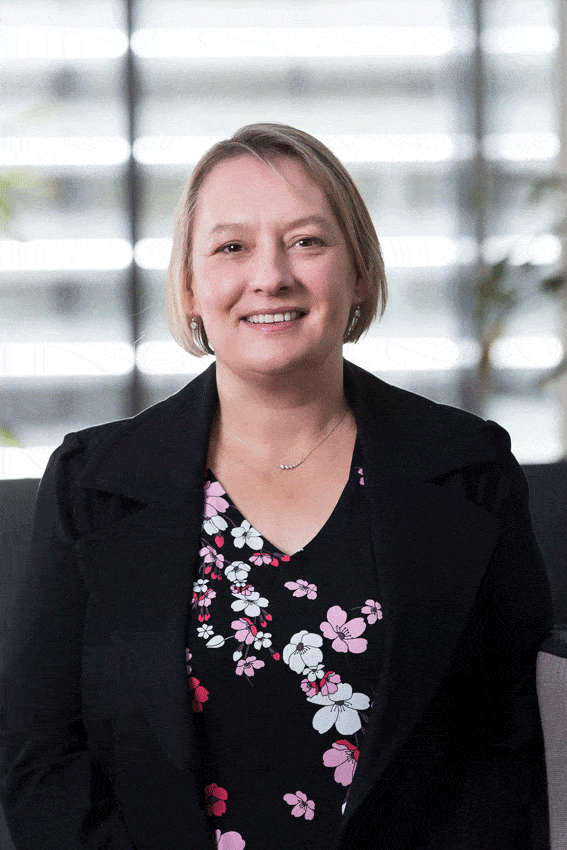
Taking care of her dying mother in her own home is something Melbourne woman Ingrid Kuebler never dreamed she could do.
After four years of battling Non-Hodgkin’s lymphoma, last year mother of two Elizabeth Kuebler was told that cancerous tumours had spread throughout her body.
She was given two weeks at most to live, but then the palliative care facility she was referred to was locked down due to the COVID pandemic, and her family were told they could no longer visit. Ingrid decided to take her mother home with the help of daily visits by specialist nurses from the unit’s home care team and around-the-clock support from personal care attendants she paid for through a private company.
She said that from feeling desperately low in morale her mother regained her old cheerfulness and zest for life, and lived for five weeks before dying in her home in August 2020 in the presence of her family.
“it can be done by anyone with the right support and I have not one regret”
Ingrid now believes better funding for palliative care services both in the home setting and in hospitals is a priority. “It was hard, and yes I was frightened when I took my mother home, but I found it can be done by anyone with the right support and I have not one regret,” Ingrid told The Catholic Weekly.
“You don’t quite know what you’re about to face and no one can really tell you because each situation is unique to the individual being palliated with its own challenges. You do need a lot of inner strength but you find it because you care about that person so much.”
Most Australians say they would prefer to be supported to die at home
The Kuebler family’s story reflects the 70 per cent of Australians who say that they would prefer to die with support at home rather than in a hospital or hospice setting, but an economic report by KPMG last year found that only four to 12 per cent of deaths occur in a home.
The report found that care in the community costs far less than care in other settings such as hospitals. With access to community-based palliative care varying greatly across the country, states were encouraged to focus on boosting home-based services, where nurse specialists, family support workers, GPs and palliative care specialists visit the patient in their home to optimise their symptom management and allow them to stay at home through to the end of their life.

It recommended a $240 million annual increase in funding for timely access to home and community-based palliative care services, saying it would generate the same amount of savings to governments – a 100 per cent return on investment.
The final report of the Royal Commission into Aged Care Quality and Safety also called for greater investment in specialist palliative care access and quality in a dozen of its 148 recommendations.
Professor David Kissane, chair of Palliative Medicine Research at Notre Dame University Australia and St Vincent’s Hospital in Sydney said that if the health system does not allow those who wish to die at home to do so “it fails our community at a time of great need”.
Professor Kissane believes that Australian society is poorly educated about the benefits of palliative care at the end of life and that it is stigmatised within the community. “People think that when a referral is made to palliative care it’s as if medicine is giving up on them,” he said. “But research has shown in fact that early engagement with palliative care extends life over what can be achieved by standard anti-cancer care. “Patients gain greatly by a dedicated focus on the whole person and family support.”

Professor Kissane added that advance care planning, including an ambulance plan, can also reduce costly transfers to emergency departments, hospitals and intensive care units, and sustain care in the home with the support of community palliative care services.
Ms Kuebler admits to being put off by the idea of palliative care when the topic was first broached in relation to her mother. But when she learnt, with training from the Cabrini Health palliative care team in Prahran, how to care for her mother at home, her perspective changed.
“The term is so misunderstood, people think it’s about dying, but they don’t get what it actually involves,” she said. “It can be an interim solution from acute care in a hospital to get on top of their pain medication and get some confidence in managing their symptoms before going back home.
“I would describe [palliative care] as a holistic method of caring for someone in their final stages of life to provide the most quality care possible, including physically, emotionally, mentally and spiritually.”
“I would describe it as a holistic method of caring for someone in their final stages of life to provide the most quality care possible, including physically, emotionally, mentally and spiritually.”
Along with the promised daily visits from the home care team of nurses from Cabrini Health, Ms Kuebler paid $30,000 for a private company to provide 24-hour care, with a private health fund reimbursing $22,000. She advises anyone thinking of palliative care in the home to check whether and how their private health insurance will cover it.
She also feels that twice-daily visits from the home care nurses, instead of just once a day, would be helpful for families, especially if they are also given counselling or psychology training and sufficient time to provide a sounding board for the ill person and their family members.
Important conversations about end-of-life care that aren’t happening
Dr Natasha Michael, the director of palliative medicine at Cabrini Health and an adjunct associate professor at the University of Notre Dame and Monash University, said that conversations around end-of-life care at home needed to be realistic about the personal and financial costs.
“How do we – if want death to occur at home – how do we pay for it, how do we fund it, who provides that care?”
Families with a loved one approaching death are usually not able to depend on government home care packages or NDIS to provide them with assistance which can take months to activate, she said. “In terms of health economics, of course it costs the government less for people to die at home, but what does it cost the family?” Dr Michael said.
“Families are more fragmented, intergenerational ties are being lost and we’re increasingly facing a society where younger people don’t know how to care for the elderly.

“So we sometimes advocate for the use of in-home private care givers but to have it 24/7 costs around $4000-$6000 dollars a week. Families who don’t have assets or limited assets sometimes dip into parental assets or consider taking a small reverse mortgage out. We may advise if it’s going to be for four to six weeks it might only cost you $20,000 and you will get really good care at home with the support of a community palliative care team.
“But these sorts of conversions are not happening. How do we – if want death to occur at home – how do we pay for it, how do we fund it, who provides that care?”
Dr Michael said that the better the community support, the more attention a terminally ill person will receive and the more likely they are to be able to die at home if they wish.
“Palliative care teams also have the capacity to train families to undertake care themselves,” she added.
“This can be a powerful and rewarding experience. At Cabrini Health, families sometimes spend a day in the inpatient unit for a ‘trial of care’, whereby they are supervised by the professionals and trained to use specialist equipment prior to being discharged home. Families then return home feeling more confident and secure.”
Professor Kissane sees an opportunity for Catholic parishes to get involved in supporting palliative care services in the home, be it providing companionship to patients and their carers, assistance with chores such as shopping or incidental transport or taking Holy Communion.
“If parishes would take up this kind of compassionate volunteering and increase support for those who are sick in their parish that would be a big help,” he said.
At home with her family Elizabeth Kuebler lived about three weeks longer than predicted – time, Ingrid said was precious and an opportunity to repay the love and care her mother had shown her family through her life.
“It was such a gift to be able to this for my Mum,” she said. “The look on my Mum’s face, the joy and gratitude when I brought her home was priceless. For all of us to be together and be there to hold her hand upon her final breath was something I will always hold in my heart.”
Related:
